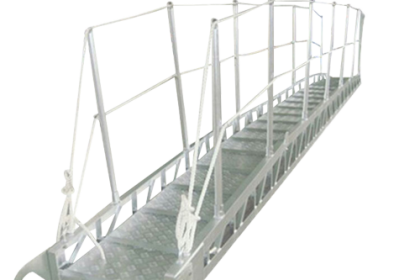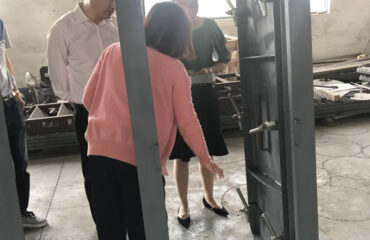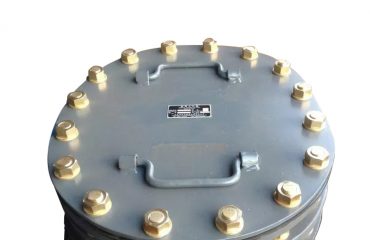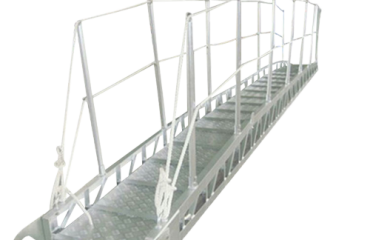

Ship ladders, also known as companion ladders or accommodation ladders, are an essential means of access on ships for crew members and visitors. Safety is of utmost importance when designing and using ship ladders to prevent accidents and injuries. There are several key safety features that should be considered in the design and usage of ship ladders:
Constructed of Durable Materials: Ship ladders are typically made of strong and durable materials such as aluminum, steel, or fiberglass to withstand the harsh marine environment and heavy use. The materials should be resistant to corrosion, rust, and erosion to ensure the longevity and reliability of the ladder.
Non-Slip Surface: The treads of ship ladders should have a non-slip surface to provide traction and prevent slips and falls. The non-slip surface can be achieved through the use of grooves, grip tape, or rubber coatings on the steps for added safety.
Handrails: Ship ladders should be equipped with sturdy handrails on both sides to provide stability and support for users while ascending or descending. The handrails should be securely mounted and have a comfortable grip to assist users in maintaining their balance and preventing falls.
Adequate Lighting: Ship ladders should be well-lit with adequate lighting to ensure visibility and safe passage, especially in dimly lit or dark conditions. Proper lighting can help users navigate the ladder safely and avoid potential hazards.
Regular Inspections and Maintenance: Ship ladders should be inspected regularly for signs of wear, damage, or deterioration, and any issues should be promptly addressed to ensure the safety and reliability of the ladder. Maintenance tasks such as cleaning, lubricating, and tightening bolts should be performed as needed to keep the ladder in good working condition.





